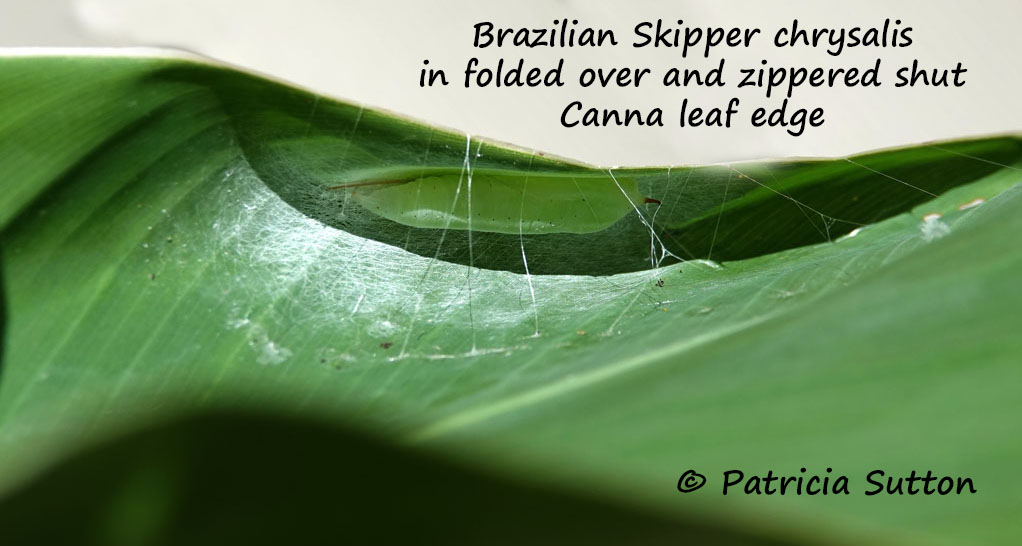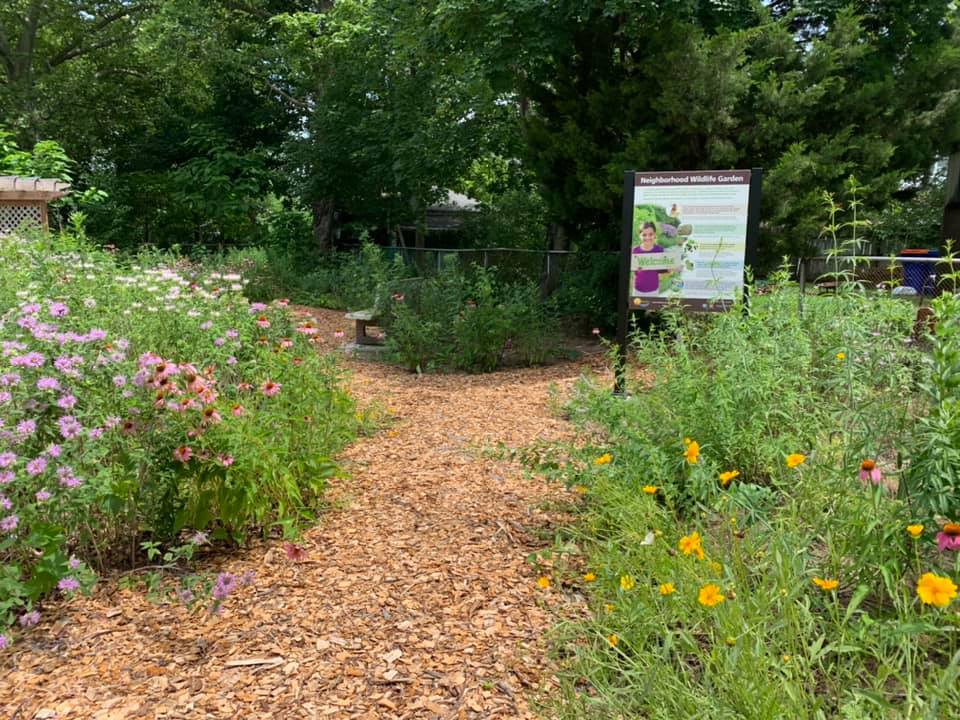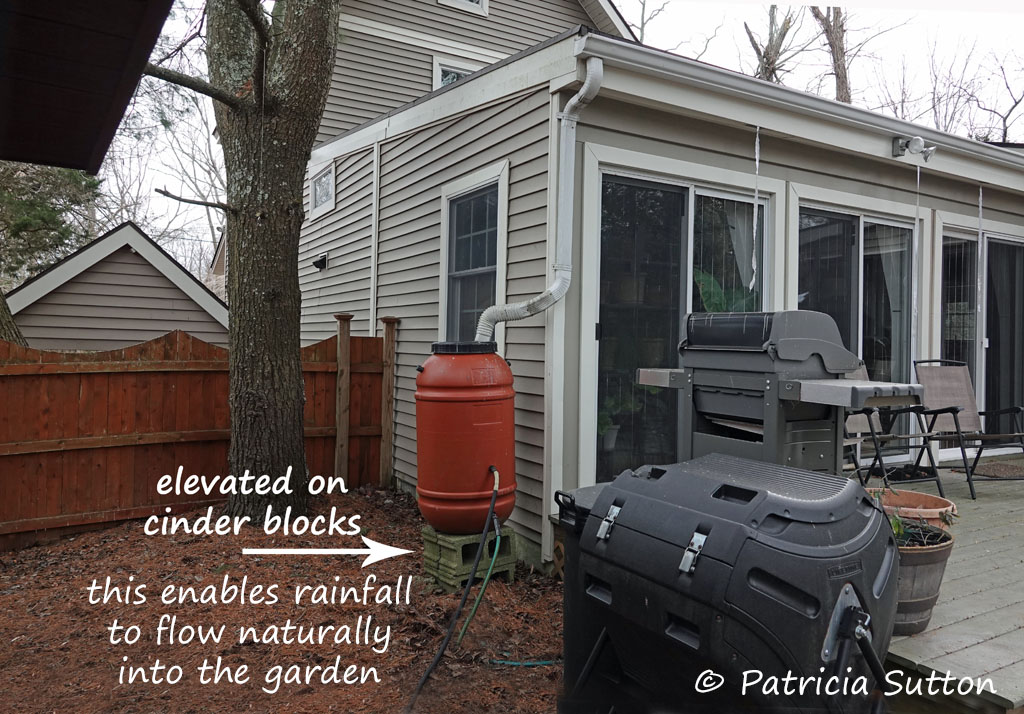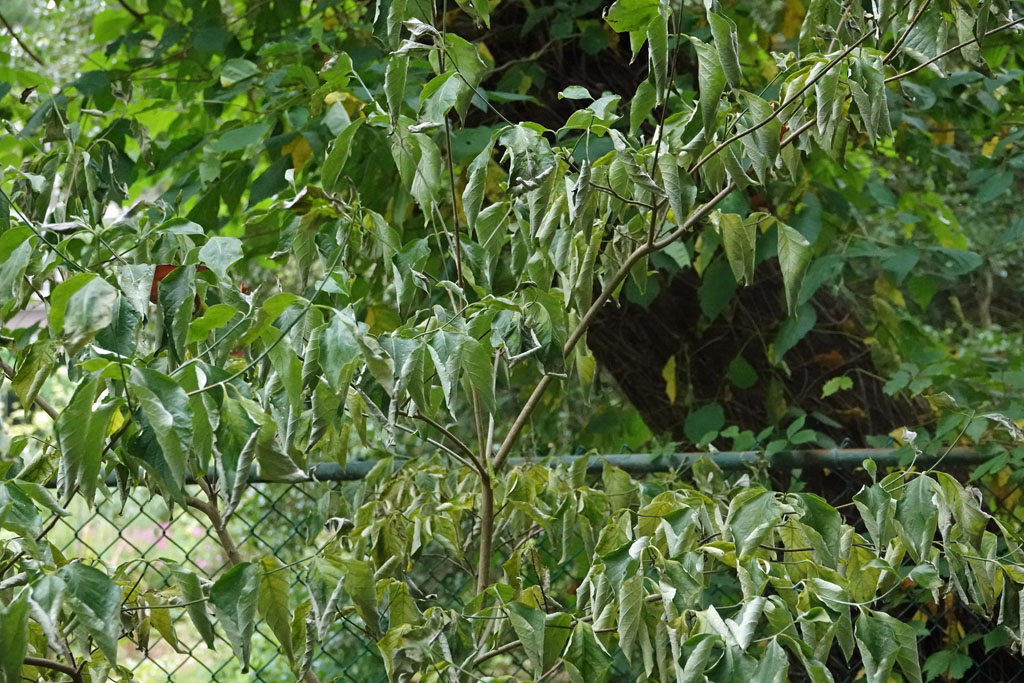My garden is largely made up of natives, but I love hummingbirds and they love Cannas. I have added some non-native hummingbird favorites, as long as they are not problematic (invasive) and Cannas fit that category. They bloom all summer and fall until the first frost.
Those of you with Cannas will want to dig up their tubers, if you haven’t already, before the ground freezes hard. I normally dig mine up sometime in November or December for the winter. This year I just tackled the task on January 6th. If you haven’t done so yet, use a mild day to get this task done before winter sets in.
If the task of digging them ALL up is just too much for you (as it is for me) , dig up just enough tubers (from just a few of your plants) so you’re sure to have enough to plant in all your favorite spots next spring (where tubers you left in the ground rotted over the winter). Now that I’ve grown older and wiser, that’s what I do and my back is much happier with this decision.
You could leave your Canna tubers in the ground, but some, if not all of them, may ROT over the winter. I’ve found that most of the Cannas growing in a sheltered, south-facing garden in my front yard survive the winter and resprout nicely each spring. So I leave those in the ground and the bulk of them survive. But nearly all the Canna tubers in my backyard gardens rot over the winter, so those are the ones I dig up each late fall / early winter. If you do dig up Canna tubers and store them properly over the winter, you’ll have viable tubers to plant the following spring plus many extras to give away to family, friends, co-workers, and neighbors.
Canna tubers multiply! The other day when I dug up 7 Canna tubers I’d planted spring of 2023, my wheelbarrow filled with 50-60 tubers. Yes, while tapping them on my wheelbarrow to get all the embedded dirt off, many broke into pieces, but that’s OK!. Each will produce Cannas in spring when planted.

HOW TO WINTER OVER YOUR CANNA TUBERS
I dig my Canna tubers up in late November or December, or some years later (before the ground freezes). My step-by-step process follows:

- I cut the stems off at the ground to make the task of digging the tubers up more manageable
- I scrape away any mulch to expose all the tubers

- With a shovel or pitch fork I dig down under the tubers (placing my shovel well outside the exposed tubers). I loosen the tubers and pry the enormous mass out of the ground
- You can break big ones apart into smaller and more manageable tubers
- Tap the dirt off the Canna tubers
- Place a large plastic bag in a shallow tray or a crate
- Put a layer of dry leaves, shredded newspaper, or dry pine needles in the bottom of the bag (to act as insulation against freezing)
- Lay the Canna tubers on top
- Cover the top layer of Canna tubers with more dry leaves, shredded newspaper, or pine needles (to protect them from a brutal cold winter). Tuck more of the insulating material (leaves, pine needles) down around the edges.
- Pull the bag shut
- We put our Canna tubers in the crawl space under our house because we don’t have a garage or basement. A friend with a basement, puts hers into trash cans with leaves or shredded newspaper and keeps them in her basement. You could probably store the crate or trash can full of Canna tubers in a garage as well.

PLANTING CANNAS IN SPRING
- Once the ground is warm, plant single canna tubers here and there around the garden in spots that get full sun. They are a lovely accent in the garden. Or you might enjoy planting a border or a circular bed of them (they make a great “hide and seek” spot for kids to play in).
- Don’t plant your canna tubers too deep, otherwise they’ll take forever to peek through the soil & bloom. Simply scrape away a shallow area (not a deep hole), lay down the Canna tuber, and cover it with a thin layer of soil.
- One tuber will grow into several tubers (sometimes numerous tubers) and send up a number of stalks that will bloom all summer and right through late fall until the first frost, drawing in constant nectaring hummingbirds.
- Over the course of the growing season I regularly deadhead spent flowers, careful not to cut off the next bud.
 BRAZILIAN SKIPPER
BRAZILIAN SKIPPER
Between 2018 and 2021, there were quite a few Brazilian Skippers sightings in southern NJ, well north of their normal range (but zero sightings in 2022 and 2023). Brazilian Skippers lay their eggs on Canna leaves to create the next generation. Many of us with Cannas had an opportunity to study the entire life cycle of this cool southern butterfly. The eggs are creamy white and often laid here and there (as a single egg) on top of Canna leaves. Once the caterpillar hatches it makes its way to the edge of a Canna leaf, makes two cuts (or chews), folds the bit of leaf in between over, zippers it shut with silk, and hides inside.
If and when we have another good Brazilian Skipper year, look for these tell tale folded over leaf edges to find your first Brazilian Skipper caterpillars. Monitor their growth and you’ll be sure to also find their large chrysalis. Be careful not to be too nosy, or you may attract predators to the Brazilian Skippers’ hidey hole.
If you live in southern New Jersey, like me, report your Brazilian Skipper sightings to the South Jersey Butterfly B/Log. It’s fun to see the history of their occurrence in southern NJ on this website. If you live in northern New Jersey, report them to the NABA North Jersey Butterfly Club Recent Sightings page. If you live elsewhere, report them to the North American Butterfly Association’s Recent Sightings page.
Happy Gardening,
Pat

















































